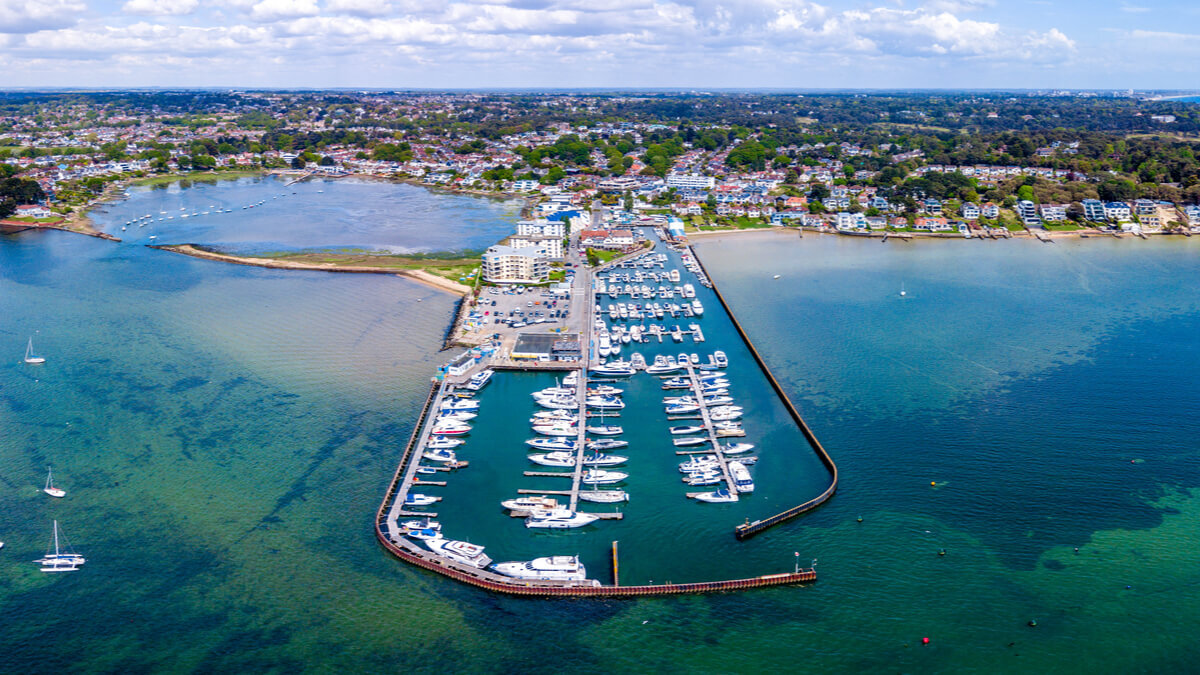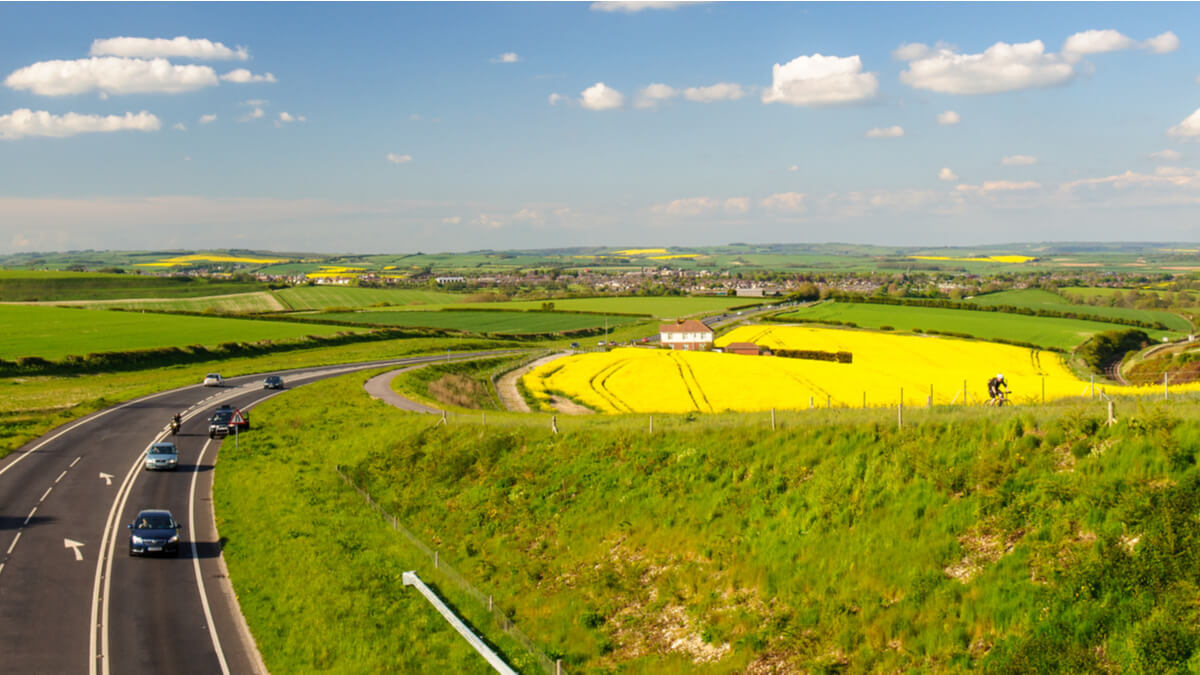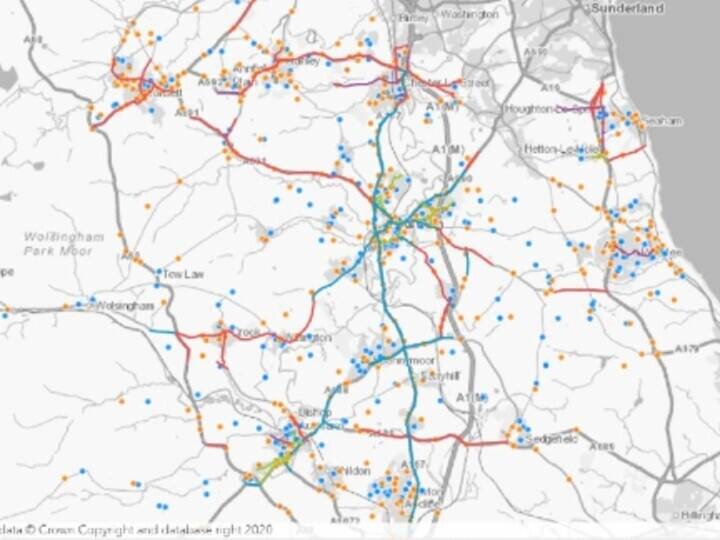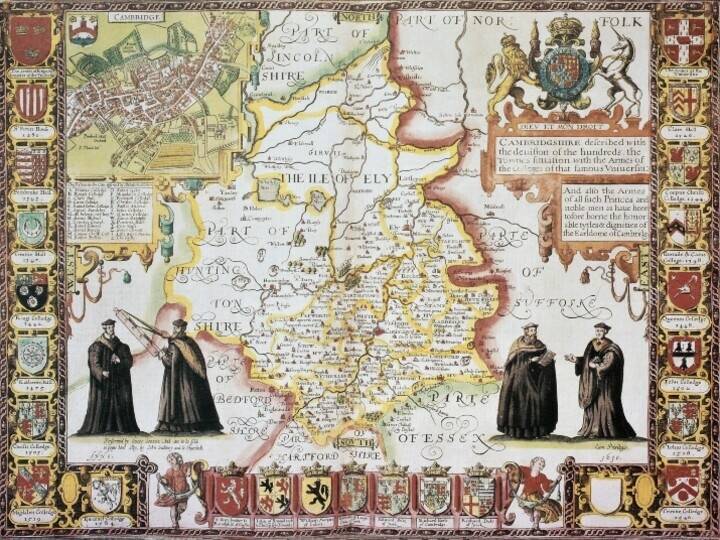Dorset combines six authorities: Dorset County Council, East Dorset District, North Dorset District, Purbeck District, West Dorset District, Weymouth & Portland Borough- to become a single unitary authority.
Introduction
In May 2018, Parliament agreed to combine six authorities in Dorset – Dorset County Council, East Dorset District, North Dorset District, Purbeck District, West Dorset District, Weymouth & Portland Borough- to become a single unitary authority. This is with the aim of creating efficiency savings of around over £108m over the next six years.
A unitary authority model is effectively where there is a single tier local authority which carries out all local government responsibilities within an area.

The consolidation of the LLPGs and the LSGs of each district resulted in an increase in counts in the dataset for multiple factors. For example,
- the counts after the initial bid for Elementary Street Unit (ESU) were 34,644 after the combination of the districts the count for ESU were 35,008.
- the count for the Land and Property Identifier (LPI) prior to the creation of a unitary authority were 262,891 and after it was 226,519
Dorset were faced with the significant challenge of combining five established authority's LLPGs and LSGs to create a functioning, centralised system, in addition to keeping current services ticking over smoothly.
With a dedicated team and a huge amount of perseverance in getting the job done, Dorset managed to consolidate their systems in time for their six-month deadline. Dorset's merger was a success and demonstrates the future potential of unitary authorities, with improved communication and planning, as well as the benefits of having a central reference point for public services.

Challenges
Consolidating nuanced working processes and systems alongside restructure challenges created numerous obstacles for Dorset Council. Initial groundwork began in November 2018 with a deadline for April, giving Dorset a tight turnover to deliver the project in time. A set of guidelines provided by GeoPlace outlined the specification of the new unitary council's LLPG and LSG, to assist with the tricky transition period.
Creating consistency around councils meant aggregating constituent district council LLPGs into a new, single unitary LLPG. Fortunately, all councils used the same software for their LLPG data, easing the transition, however re-synchronising such a large amount of data inevitably creates complications.
Getting all LLPG data into the system correctly without losing any data was of the utmost importance, alongside ensuring that any issues of duplicate streets were managed through the councils' software supplier. This often occurs around district authority boundaries, whereby data needed to be tweaked in order to reflect the new administrative boundaries of a merger.

A merger also requires the implementation of new authority codes across all five councils, as well as new UPRN ranges. Initial technical clashes were another key issue. Councils needed to update their software, ensuring everyone was using the same software to update their LLPG and LSG. This meant some councils' LSG data needed to be transferred over to a new standardised system that didn't immediately take to the data format.
New software also meant training, with staff with no prior experience using the software urgently needing to understand and manage the new systems.
Nuanced working process across each council also created challenges. A key example of this is cross referencing, creating discrepancies between councils e.g. some used planning to cross reference their data, others used street naming and numbering.
Implementing a project of this scope also requires expertise and high engagement from staff, with a need to ensure those with the knowledge required were involved in the process. Staffing restructure challenges that accompany a merger meant that getting those people in place was more difficult.

Outcome
Through a motivated team effort, Dorset managed to consolidate their LLPG and LSG successfully, creating a central source of geospatial data for public services at a district level.
Reflecting upon the success of the project, Dorset feel very positive about the merger, with a real sense of achievement and solidarity felt across the council. Communication and relationships between the district's authorities has grown and improved, with any updates or information around areas now shared automatically across all five authorities through an internal Dorset Council intranet. Knowledge sharing between councils has also created a stronger structure for managing issues, with more skilled councils better able to support weaker areas.
Working at district level means that there is now a central reference point for services, with planning, public health, electoral registration and waste partnership all linked to the LLPG and LSG. As well as sharing knowledge, this also helps to reduce duplication, with authorities working together to tackle issues, rather than managing individually at a very local level. Having all services in one place also helps with future planning across the county from a district level.
This project also gave recognition to those that work with the LSG and LLPG daily. Due to the scale of the project and the focus placed on their incremental impact on public services, awareness has spread to senior management and other council workers in the vital importance of the LLPG and LSG.
Contacts:
Emma Webb - Business Solutions Analyst, Dorset Council
Lucinda Handsford - NSG Uploader, Dorset Council



